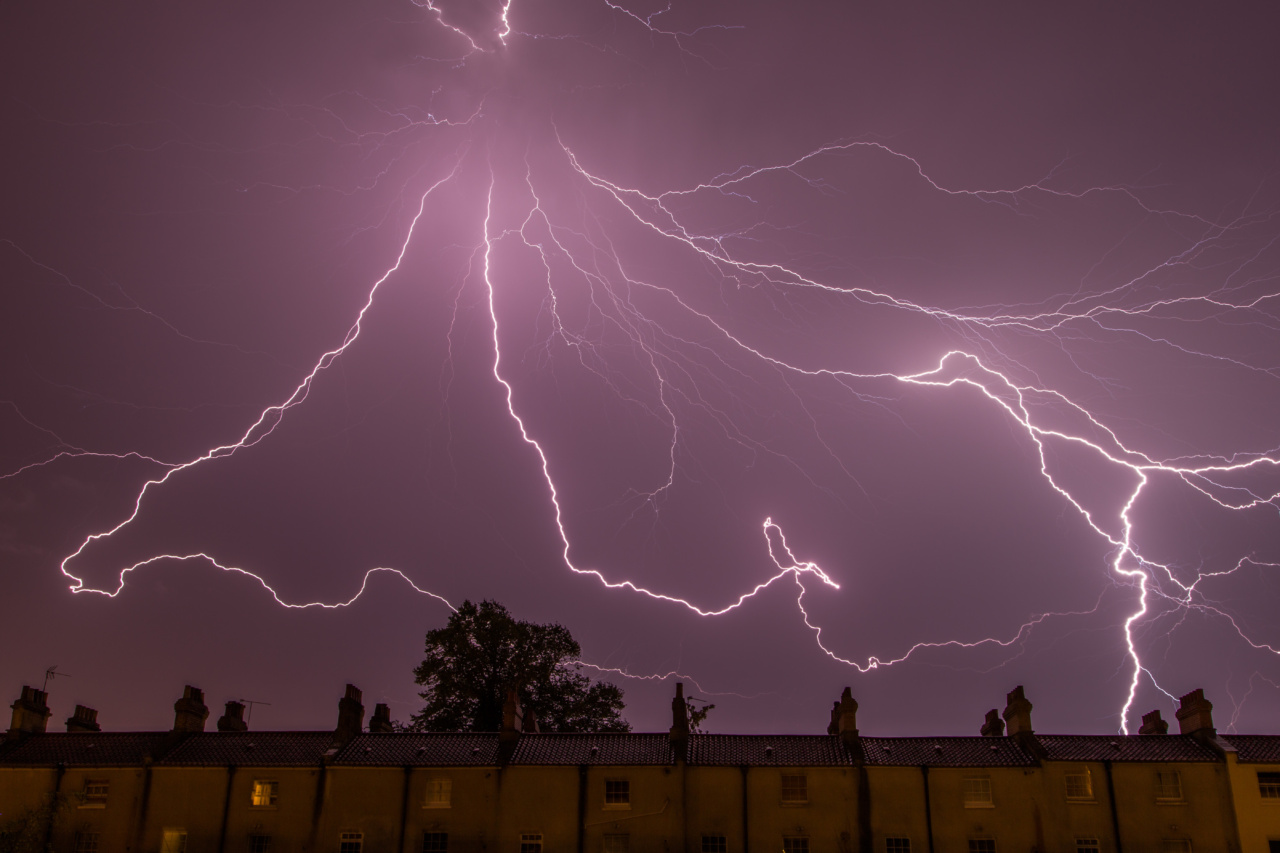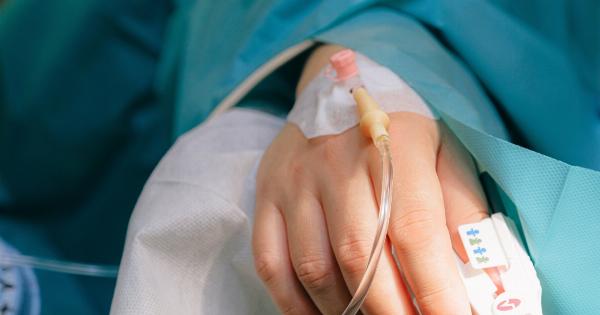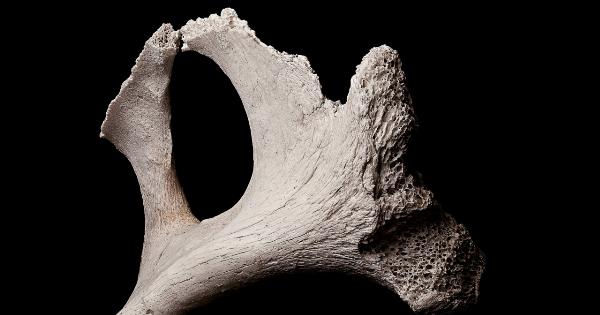Electric shock occurs when a person comes into contact with an electrical current. The severity of an electric shock depends on the amount of current that passes through the body and the duration of the shock.
Electric shocks can result in minor burns, muscle contractions, and even death. It is critical to treat electric shock promptly to minimize the damage to the body.
1. Turn off the Power Source
The first and most critical step in treating electric shock is to turn off the power source immediately. If the victim is still in contact with the power source, use a non-conductive object like a wooden broom handle to remove the power contact safely.
Turning off the power source will prevent further electrocution and minimize the damage to the victim’s body.
2. Call for Help
Immediately call an ambulance or the rescue team if the victim is unconscious or has sustained severe injuries.
Even if the victim appears to be fine, they still require medical attention, as there may be underlying injuries that are not immediately apparent.
3. Check the Victim’s Breathing and Pulse
If the victim is unconscious or is not breathing, begin administering CPR immediately. Check for the pulse on the neck or wrist and perform chest compressions and rescue breathing if necessary.
Continue CPR until the ambulance arrives or the victim recovers.
4. Remove Tight Clothing
Remove any tight clothing or jewelry from the victim’s body. Burns or blisters can develop under tight clothing and jewelry, and removing it prevents further damage to the skin.
5. Treat Burns
Electric shocks can cause thermal burns. If the victim has burns, run cool water over the affected area for several minutes. This helps to soothe the burn and prevent further damage to the skin.
Apply a sterile, non-adhesive dressing to the burn if necessary. Seek medical attention for severe burns or if blisters develop.
6. Monitor for Additional Injuries
Electric shock can cause muscle contractions, fractures, and other injuries. Monitor the victim for any signs of pain or discomfort, and seek medical attention if necessary.
7. Treat Cardiac Arrest
Electric shock can lead to cardiac arrest. If the victim is in cardiac arrest, begin administering CPR immediately. Use an automated external defibrillator (AED) if available.
If you don’t have an AED handy, continue with CPR until the ambulance arrives.
8. Avoid Electrolyte Imbalance
Electric shock can cause an electrolyte imbalance. If the victim is conscious, offer them a sugary drink like juice or soda. This will help restore the electrolyte balance and prevent further injury.
9. Seek Professional Medical Advice
Electric shocks can lead to long-term injuries and complications. Seek professional medical advice and follow-up care for any injuries sustained during electric shock. Adhere to any medication or therapy prescribed to prevent further damage to the body.
10. Prevention is Better Than Cure
Prevention is always better than cure. Take steps to avoid electric shocks by following safety precautions and guidelines when dealing with electricity.
Always wear rubber gloves and protective clothing when handling electrical equipment, and do not touch any electrical equipment with wet hands or when standing in a pool of water.





























